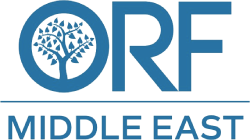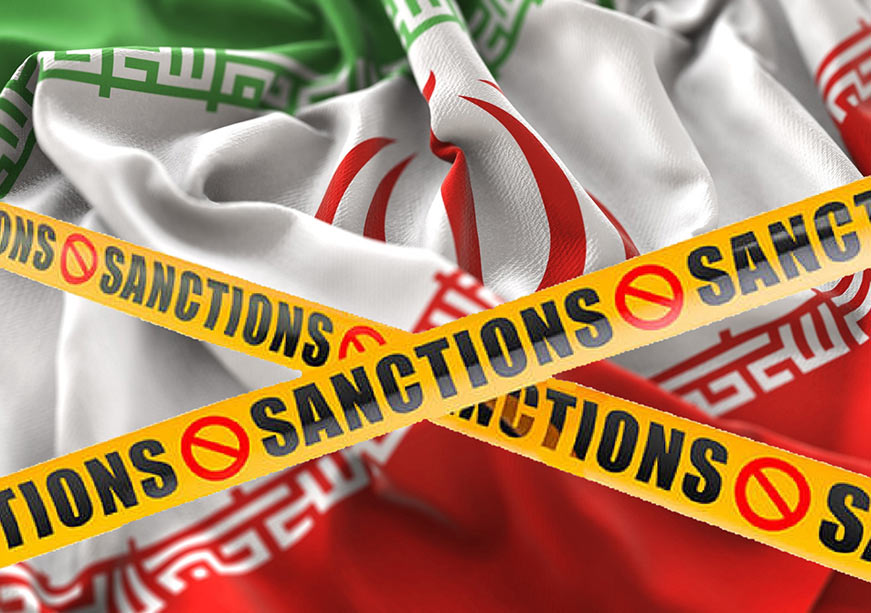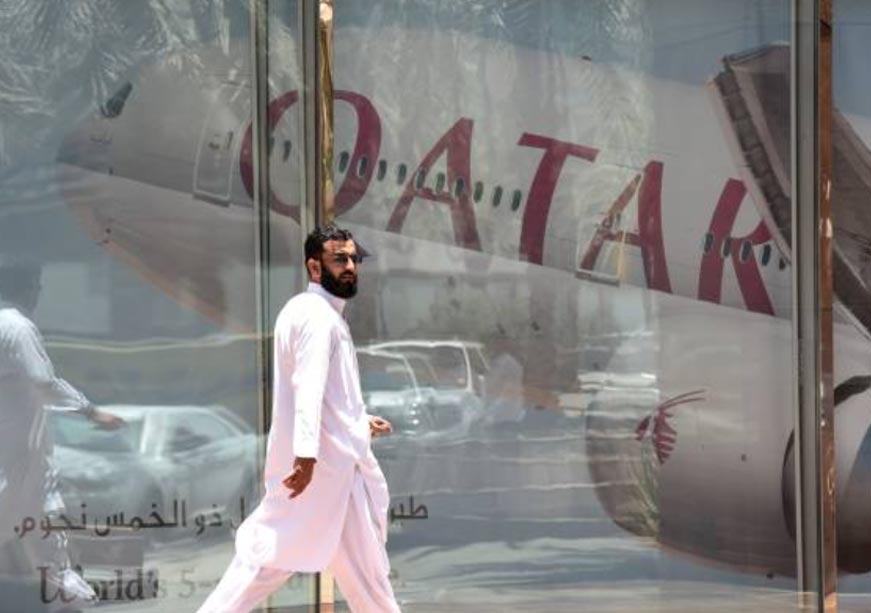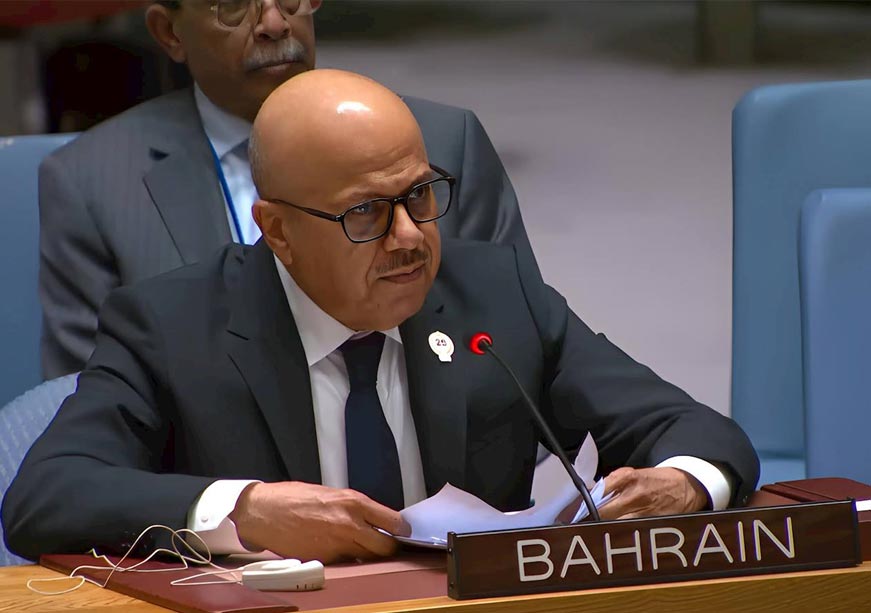With Syria entering reconstruction without the United States (US) leadership, a new diplomatic landscape is taking shape. Regional powers and emerging global actors are vying for influence in what may become the first true test of diplomatic tactics in a post-American multipolar contest.
Six months after the fall of the Bashar al-Assad regime, Syria is reopening itself to investment. The Damascus stock exchange resumed trading at the beginning of June after a six-month closure, defying inflation, currency devaluation, and extensive infrastructure damage. The US and the European Union (EU) created momentum by lifting their sanctions—even if three brigades and their leaders have been targeted by Brussels for recent human rights violations. Electricity will be back in the North of the country with the reopening of the Turkish pipeline. Despite the rare momentum, Syria’s transition is fragile because of how strategic its territory is for foreign powers—mainly Türkiye, Israel, Iran, Russia, the Gulf, and the EU.
The US’ gradual retrenchment from Middle Eastern politics, accelerated by shifting priorities toward Asia and domestic isolationist impulses, has created a strategic vacuum in the region. President Trump has three main objectives for Syria: preventing the resurgence of the Islamic State of Iraq and Syria (ISIS), zero US-designated terrorists in government positions, and joining the Abraham Accords—the latter being unlikely as long as Israel controls the Golan Heights’ Syrian territory. The rest, as Trump believes, is Syria’s “mess” to figure out. For the moment, the US administration does not intend to do more, thus leaving space for other actors to intervene. This provides a significant opportunity for middle powers from the Gulf and Europe to reshape regional dynamics.
Qatar and Italy, previously cautious during the civil war, now see an opening to expand their influence in Syria. Their return would not only test their diplomatic weight amid dominant powers but also introduce new models of engagement and power-brokering in the region. Italy stands out particularly because it is aiming to bridge European and international engagement with the new Syrian authorities, its strong strategic relations with pivotal regional actors, and its historical commercial ties with Syria. Qatar’s stance is crucial as it has been a consistent supporter of the Syrian opposition and is now championing national consensus, unity, and inclusive political processes, making it a key regional actor for securing Arab and broader international backing for Syria’s transition.
Qatar’s Emergence as a Regional Mediator
Within this delicate context, Qatar has three main assets: its diplomatic agility, financial leverage, and pragmatism. Its consistent support for Syrian opposition groups since 2011—and its refusal to normalise relations with the Assad regime—grants it a diplomatic advantage in the post-Assad transition, and unique credibility with emerging Syrian authorities. Doha reopened its embassy on 15 December 2024, just days after Assad’s ouster (and the reopening of the Turkish embassy), and established direct communication channels with Hay’at Tahrir al-Sham (HTS), showing rapid diplomatic engagement. The Qatari Emir’s visit to Damascus in January 2025 marked the first by a foreign head of state, followed by the Palestinian President Mahmoud Abbas on 18 April. Strong diplomatic relations with all factions (including Kurds, Druze, and Alawite, as well as the tens of thousands of fighters in the Free Syrian Army that respond to Türkiye) will be key to achieving long-term stability. Tensions persist, and civilians continue to fall victim: since December 2024, at least 33 Alawite women and girls have been kidnapped in coastal areas such as Tartus, Latakia, and Hama. In addition, in early May 2025, around 15 Druze civilians were reportedly extrajudicially executed by transitional government forces near Damascus and al‑Suwayda. Tensions persist with Kurdish factions as well, notably over security operations and occasional clashes with Türkiye-backed forces—but these dynamics are still unfolding. In this context, Qatar’s Foreign Ministry spokesperson, Majed Al-Ansari’s claim that Doha is ready to mediate between Syrian factions if conflicts emerge, remains to be seen.
Qatar has also proved to have significant financial and technical leverage. In January 2025, Doha announced plans to contribute to Syria’s reconstruction efforts (estimated between US$250-400 billion), with specific commitments including 400 megawatts of electricity supply and infrastructure rehabilitation. Qatar’s comprehensive approach includes humanitarian aid, airport operations support, and public sector salary assistance for three months. Furthermore, the joint Qatar-Saudi initiative to settle Syria’s World Bank debt demonstrates a new coordinated Gulf engagement. Qatar has also resumed Qatar Airways flights to Damascus since January, following its support for the reopening of Damascus International Airport.
Qatar has a pragmatic positioning in this new multipolar context. By maintaining relationships with Türkiye, Iran, and the Western powers while engaging with Syria’s new authorities, it reflects the “Arab approach to mediation” that leverages cultural sensitivity and regional understanding over formal, legal processes. Furthermore, by maintaining ties with rivals (Iran, Israel, Hamas), Qatar avoids ideological alignment and positions itself as a trusted and pragmatic intermediary.
Italy: a strategic bridge between Europe and Syria
Italy’s approach to post-conflict Syria is defined by its ability to steer diplomatic institutions, a strong network of regional alliances, and longstanding economic engagement. Italy is positioning itself as a bridge between Syria and the EU. In July 2024, Rome led a coalition (including Austria, Cyprus, the Czech Republic, Greece, Croatia, Slovakia, and Slovenia) to revise the EU’s Syria strategy. Despite strong objections from Berlin, Prime Minister Meloni persuaded other EU leaders to back a more lenient stance toward Assad, distancing herself from Brussels’ traditional emphasis on democracy and human rights. Though the EU-wide initiative fell flat, the Italian government still formalised its diplomatic shift on 27 July when it appointed a new ambassador to Syria. After the fall of Assad’s regime, Rome hosted a meeting of the so-called Quintet on Syria (US, EU, United Kingdom, France and Germany), which was key to beginning discussions about lifting EU and US sanctions. Italy was one of the first European countries to meet the new Syrian authorities with Foreign Minister Tajani’s visit to Damascus in January 2025, where he met Syrian al-Sharaa and Foreign Minister al-Shaibani. Italy’s pragmatic stance on re-engaging with Syria, combined with efforts to ease sanctions, has made it a key facilitator for channelling European support and investment into Syria.
Italy also has strong strategic relations with pivotal regional actors: Saudi Arabia and Türkiye. Its partnership with Saudi Arabia has been elevated to a strategic level, characterised by frequent high-level visits, comprehensive sectoral agreements (nearly €10 billion worth of deals, spanning energy, defence, logistics, and cultural collaboration), and coordinated actions to achieve regional stability, including for Syria. The above makes Rome one of Saudi Arabia’s main European partners in its Vision 2030 economic diversification plans. Simultaneously, bilateral trade between Italy and Türkiye exceeded €30 billion in 2024, with over 1,600 Italian companies operating in the Turkish market, and cooperation including defence industry joint ventures, like the Leonardo and Baykar UAV projects.
Before the war, Italy was Syria’s second-largest export market, with strong trade in machinery and industrial goods. This legacy leaves Italian firms well-positioned to participate in future reconstruction efforts. Rome maintained a steady flow of humanitarian assistance throughout the conflict, allocating over €45 million annually since 2019 for Syrians inside the country and in neighbouring host states. This continuity has preserved Italy’s reputation as a reliable partner. As Syria enters a new phase, Foreign Minister Tajani announced plans to restart economic cooperation in key sectors, a clear intent to turn these humanitarian links into a broader recovery agenda.
Shared interests and opportunities in Syria’s new order
Stability in Syria serves both Italy’s and Qatar’s strategic interests, encompassing migration management, economic revival, regional influence, and energy security.
For Italy, humanitarian and development goals in Syria are directly linked to the imperative of reducing irregular migration flows across the Mediterranean. Syria remains one of the largest sources of displaced populations in the region, and instability there risks fueling further refugee movements. By investing in reconstruction, Italy aims to enable the voluntary return of refugees, reduce migratory pressure on Europe, and mitigate the risk of terrorism spillovers from Syria’s ungoverned spaces. Italy’s continued support for humanitarian projects reflects this pragmatic approach to national and regional security. Economic recovery is another major driver of Italy’s engagement. Before the war, Italy and Syria enjoyed robust trade relations, with annual Italian exports exceeding €1 billion. The conflict severed these ties, but Rome now sees reconstruction as an opportunity to re-establish its presence in the Syrian market. But only if stability and access can be ensured.
Geopolitically, Syria offers Qatar a rare opening in the Levant. The prolonged isolation of Damascus has allowed Moscow and Tehran to consolidate their roles as Syria’s primary external backers, giving them a major foothold in the Eastern Mediterranean. Since Assad’s fall, active involvement in Syria allows Doha to challenge Iran’s regional axis (Iran–Syria–Hezbollah) and helps limit Russian dominance, offering Damascus alternative diplomatic and economic partnerships. The Qatari engagement also reveals a broader strategic goal: counterbalancing Turkish influence in Syria, despite the deep ties between Doha and Ankara. Humanitarian assistance and support for reconstruction are likewise instrumental. Doha frames its engagement in Syria (investments in education, public services, and refugee assistance) as a response to the aspirations of the Syrian people, which simultaneously works to restore its international image after years of criticism over its support for extremist factions.
Energy security is another area of convergence. Syria’s geographic position makes it a strategic corridor linking the Gulf to the Mediterranean, with potential to serve as a transit hub for gas exports. For Qatar, stabilising Syria is key to reviving long-term ambitions such as the proposed Qatar–Türkiye pipeline, which would connect its North Dome gas field—the largest in the world—to European markets. The project would reduce Qatar’s reliance on maritime chokepoints like the Strait of Hormuz and the Suez Canal, enhancing its role as a global energy supplier. Italy, which is heavily dependent on imported gas and eager to diversify away from Russian supplies since 2022, would find such a pipeline geopolitically attractive. However, with high construction costs (estimated at US$10 billion), EU regulatory constraints, the absence of long-term European gas agreements, and a broader shift toward renewables, the project still faces steep hurdles.
With no single hegemon, middle powers will have to broker common interest-based coalitions.If Qatar and Italy manage to balance relations with Saudi Arabia and mobilise Europe, a successful Gulf-EU model would counter China’s “chequebook diplomacy” and Russia’s militarised approach.
Cecilia Vidotto Labastie is Research Manager at the Gender in Geopolitics Institute, specialising in MENA geopolitics and EU external action.












